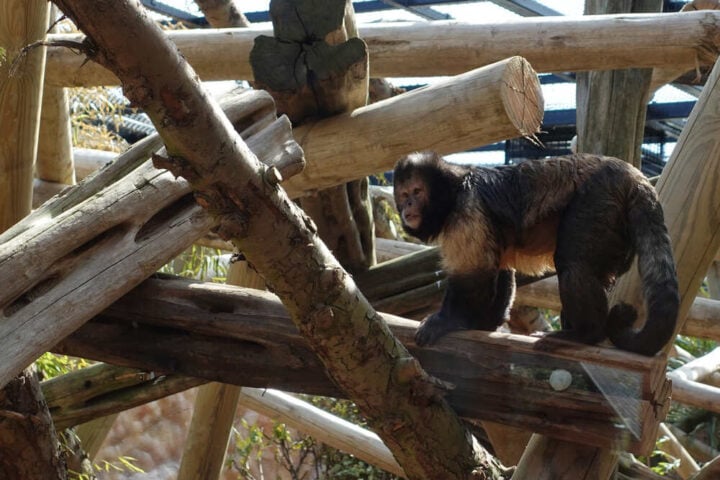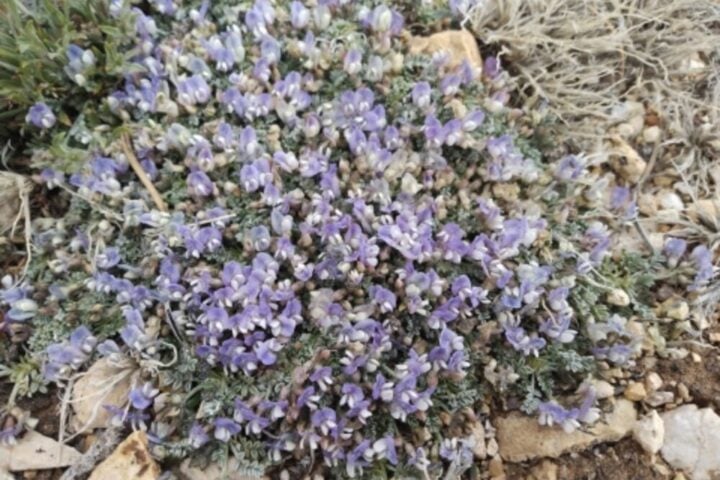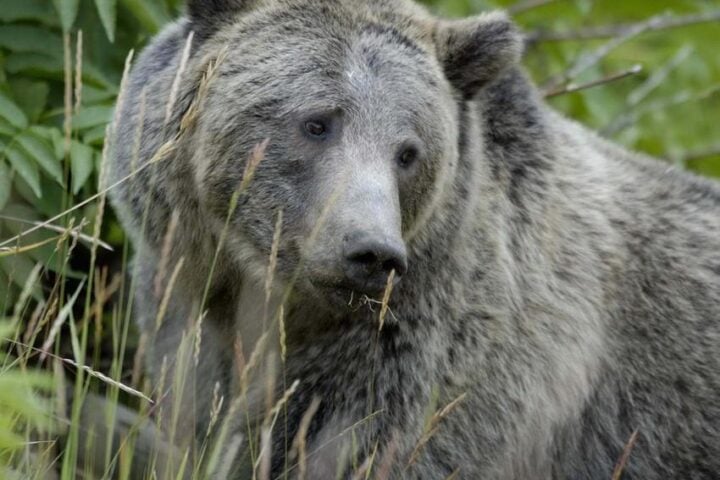Praveen Kashwan from Indian Forestry Service recently tweeted about the recent sighting of Black Tiger in Orissa. According to his research report there are pseudo-melanistic tigers found in Simlipal. They are due to genetic mutation. This rare tiger was first officially discovered in STR 2007. With time more were documented. Susanna Nanda Sir from the Odisha forest department shared the video of black tiger. He even shared a fantastic article from 2012 on the Research conducted by Dr. Lala Singh since 1993 about the reason behind this colour.
Dr. Lala Ashwin Kumar Singh is one of India’s reputed and experienced wildlife scientists and has worked with Orissa Forest Department as a senior Research Officer for 35 long years. He has worked on preparing the management plans for Simlipal and Satkosi, has made valuable additions towards refining the ‘pug-mark technique’ for monitoring tigers and leopards. He is a life member of BNHS and WPSI, SOUTH-ASIA REPTILE AND AMPHIBIAN SPECIALIST GROUP(1989-present), CONSERVATION BREEDING SPECIALIST GROUP (1997-present), IUCN/SSC CROCODILE SPECIALIST GROUP (1982-present) and many more.
The curious case of the melanistic tiger has been a matter of great debate and intrigue. There are believed to be only 3-4 records of completely black tigers from the Indian subcontinent- one was found dead in Chittagong in 1846, another was found dead in Lushai Hills and one was seen in Bhamo district of what is today Myanmar in 1928. There was another confirmed report of Black tiger from Cardamom hills in 1895.
There came fresh reports of alleged sightings of black tigers in an East-Central Indian forest, the Simlipal Tiger Reserve in Orissa. First report on aberrantly coloured tigers in Simplipal came in early 1970’s , a trend which continued right upto 1993. In july 1993, a young melanistic tigress was killed in self defense by a tribal boy named Salku. This incident took place in a village called Podagad, on the western periphery of Simlipal Tiger Reserve .The young tigress had injured four to five goats . Then on the night of 20.7.1993, the tigress attacked Surai Besra’s cows and even Surai. After that night faced with hostile crowds the tigress backed off into the night. Then at around 10a.m on the next morning , Salku , Surai’s son sighted the tigress in the adjoining maize field. He then shot a volley of arrows on the big cat. Three of his arrows hit their mark and tigress lay dead. Once the villagers were sure that the tiger was dead, they went near the body to have a look. They found that the stripes on her coat had merged to form large blotches of black on her flanks and undersides while her back was almost completely black.
The forest department then came in and they took the dead animal into their custody. The different measurements of the dead tigress are as follows:- Nose tip to tail tip (Body length)- 195.5cm, Head (Nose tip to earline): 23.0cm , Tail length- 70.0cm, Height at front shoulder- 63.5cm, Upper canine gap- 6.5cm, Lower canine gap- 5.5cm, Length of canines- 2.5cm, Pug-length- Hind left: 10.2×7.6cm Hind right: 10.7×7.6cm , Pug length- Front right 9.8× 8.1cm Front left 9.2×9.0 cm .
There have been many reports of sightings of melanistic tigers in Simlipal. Since then, a recent camera trapping exercise in the tiger reserve has captured a few images of such tigers which have been documented by Orissa Wildlife Organization (Pattanaik, 2008).
All colors other than the normal are considered to have mal-adaptive value in the appearance of tigers. It has been observed that white occurence in some places but black tigers are extremely rare natural phenomena. Colours were usually diminutive. Most cases of colour abbreviations may also point towards a build-up of ‘inbreeding depressions’ which is known to have grave conservation implications.











![Representative Image: European Starling [49/366]. Photo Source: Tim Sackton (CC BY-SA 2.0)](https://www.karmactive.com/wp-content/uploads/2025/04/Starlings-Drop-82-in-UK-Gardens-as-Birdwatch-2025-Reveals-Record-Low-Count-Since-1979-720x480.jpg)





